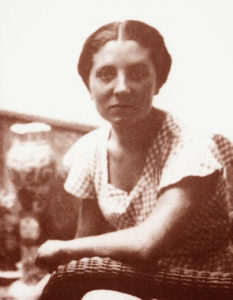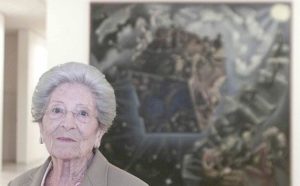
1911 - 2013
Ángeles Santos Torroella
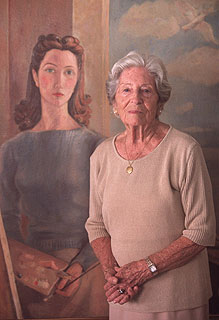
description
A Spanish painter, graphic artist, master of book illustration. Angeles Santos was a contemporary of the second generation of avant-gardists, a member of the Spanish “Society of Iberian Artists”, which in different years included Pablo Picasso and Salvador Dali. Her art combined the features of Surrealism, Cubism, magical Realism and Expressionism.
The artist was often called Spanish Rimbaud, because the painting “The World” by the eighteen-year-old artist became a sensation of the 9th Autumn Salon in Madrid; at the age of 19, she created her best painting. However, unlike Rimbaud, Andeles Santos resumed her career after the considerable break in her work, starting to create paintings in other styles.
Famous intellectuals and creators (including poet Garcia Lorca) visited the house of the young artist in the Spanish city of Valladolid. Numerous solo exhibitions of the artist, whose creative career amounted to more than 80 years, were held in almost all the capitals of Europe, as well as in the cities of America. In 2005, the artist received the Cross Prize – Creu de Sant Jordi award from the Catalan government. Her works are included in the collections of the largest museums in Spain. The recognition of the importance and significance of the artist’s art was the inclusion of her works “Un mundo” and “La tertulia” in the book “One Hundred Best Paintings of the Twentieth Century”.
1911
1924
1930
1931
1935
1941
1955
1962
1967
1977
1984
1999
2001
2003
2005
2013
The birth of the artist
Took private lessons from Italian artist
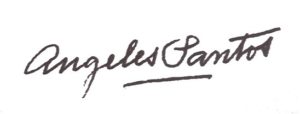
Angeles organized her first solo exhibition
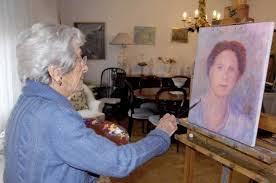
Her father organized a solo exhibition in Paris
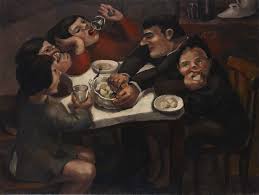
Exhibited her paintings at one of the galleries in Barcelona
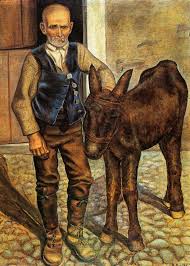
The personal exhibition of the artist was held in Zaragoza
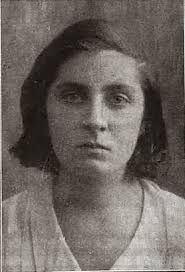
The artist was invited to the III Spanish-American Biennale of Arts in Barcelona
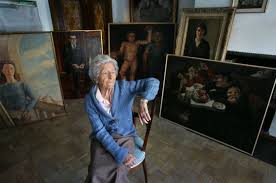
Went to Paris
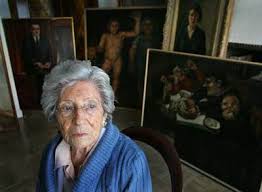
The self-portrait of the artist was included in the 1966 Ante el espejo exhibition

«Surrealistes empordanesos»
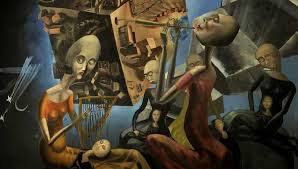
"Women in Contemporary Spanish Art, 1900-1984"
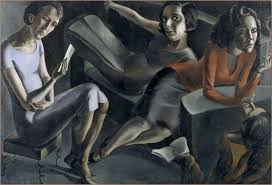
“Out of order”
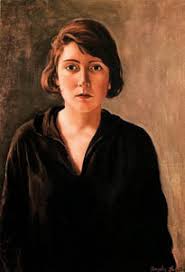
In connection with the 90th anniversary, monographic articles about the artist were published
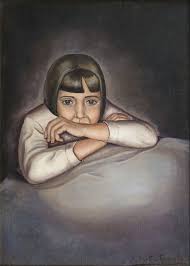
The retrospective exhibition
The retrospective exhibition of Santos was held at the Bilbao Bizkaia Kutxa exhibition hall; one more retrospective exhibition was organized by the Museum of Spanish Contemporary Art Patio Herreriano.
"Creu de Sant Jordi"
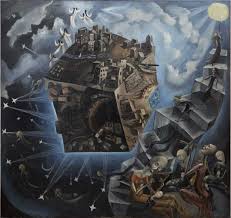
The death of the artist
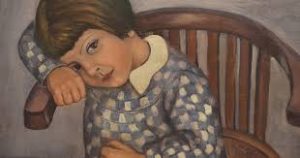
Ángeles Santos Torroella
On Artist
flow
Expressionism
Cubism
Magical realism
Surrealism
friends
Jose Gutierrez Solan
Norah Borges
Carlos Ribera Sanchis
Emilio Grau Sala
artists
Cellino Perotti
Salvador Dali
Otto Dicks
Pablo Picasso
By Artist
flow
Surrealism
Abstract expressionism
friends
Jose Gutierrez Solan
Norah Borges
artists
Julian Grau Santos (son)
Jesus Olasagasti
Maruha Mallo
Manuela Ballaster
Jose Munoz Caballero

